bwraith's blog
In search of a good miche...
My staple bread for the past couple of years has been a miche. I started doing the BBA recipe with half bread flour and half KA whole wheat flour. Lately I've been experimenting with different blends of organic and sifted flours. I haven't yet settled on one recipe and change things every time I do it lately, but I thought I'd describe this basic recipe.
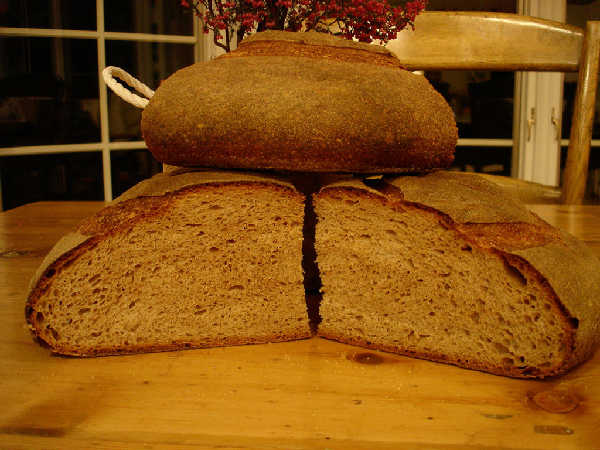
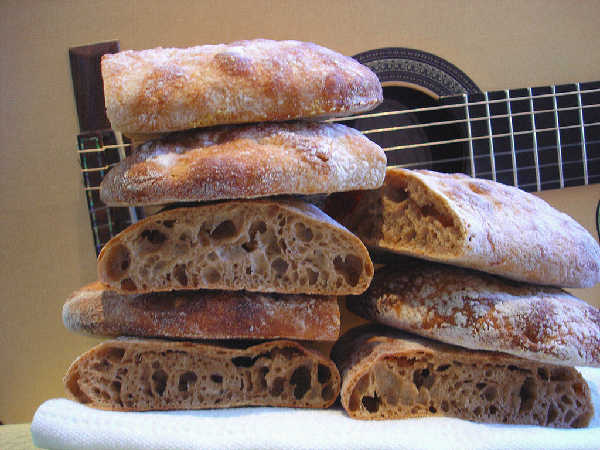 Sourdough Ciabatta - One Step (1)
Sourdough Ciabatta - One Step (1)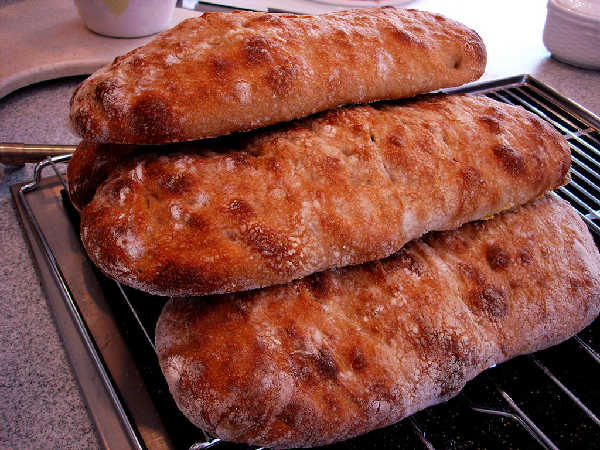 Sourdough Ciabatta - One Step (2)
Sourdough Ciabatta - One Step (2)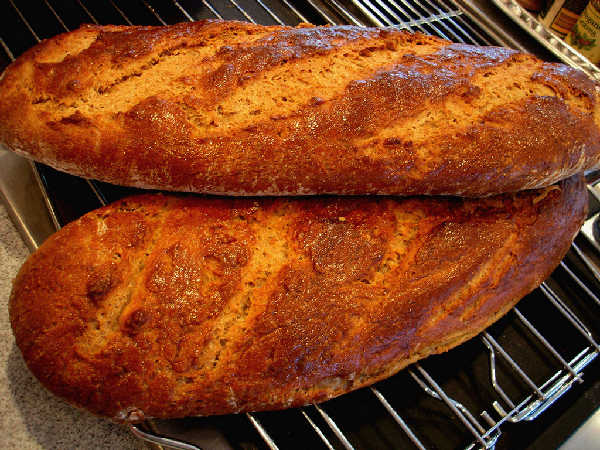 Marcel's Grandmother's Potato Bread (1)
Marcel's Grandmother's Potato Bread (1)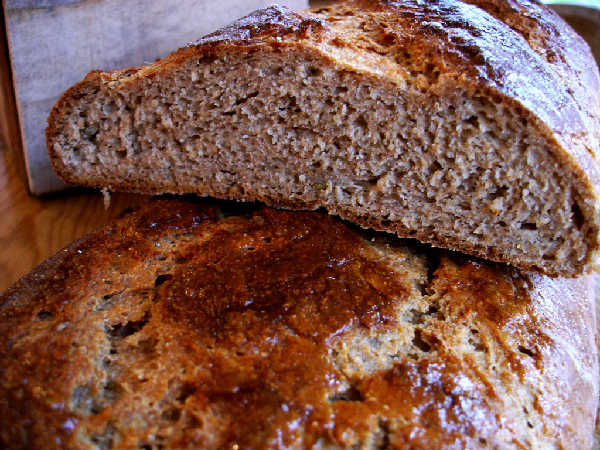 Marcel's Grandmother's Potato Bread (2)
Marcel's Grandmother's Potato Bread (2)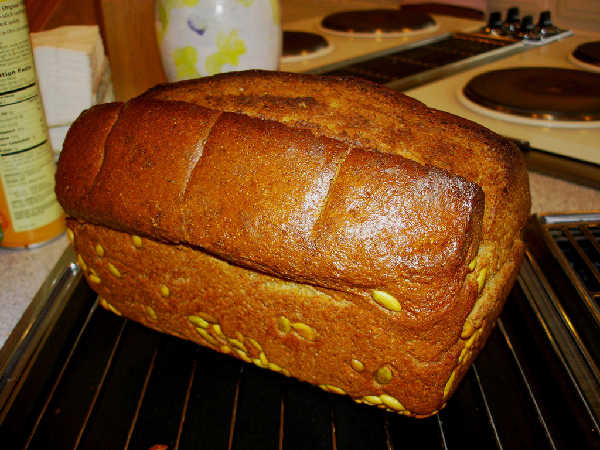 Marcel's Grandmother's Spelt Bread (1)
Marcel's Grandmother's Spelt Bread (1)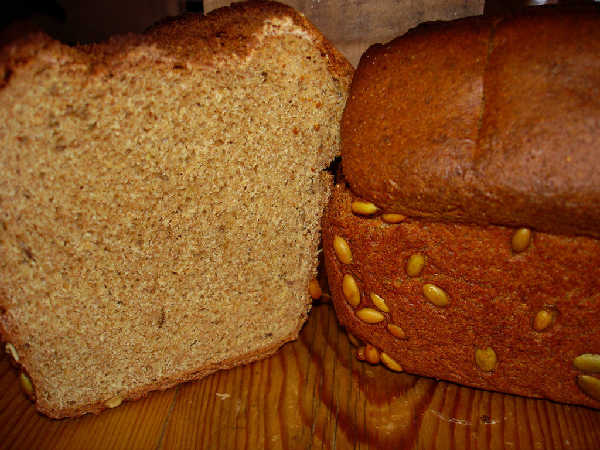 Marcel's Grandmother's Spelt Bread (2)
Marcel's Grandmother's Spelt Bread (2)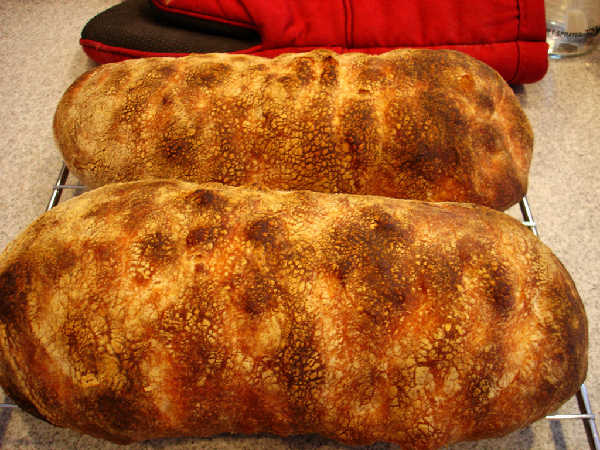 Sourdough Ciabatta - Firm Starter Version (loaves)
Sourdough Ciabatta - Firm Starter Version (loaves)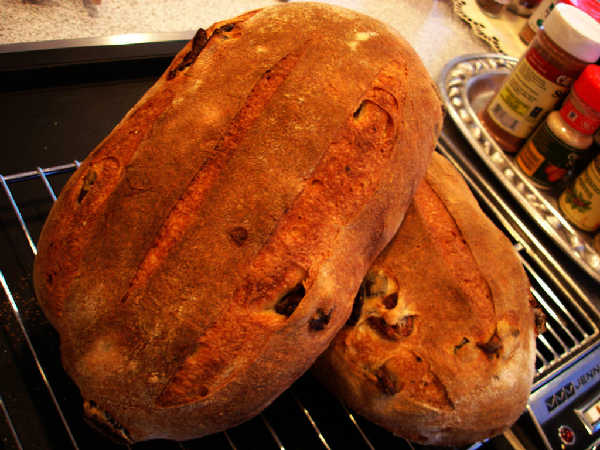 Olive Bread - Sourdough Yeast Hybrid (1)
Olive Bread - Sourdough Yeast Hybrid (1) 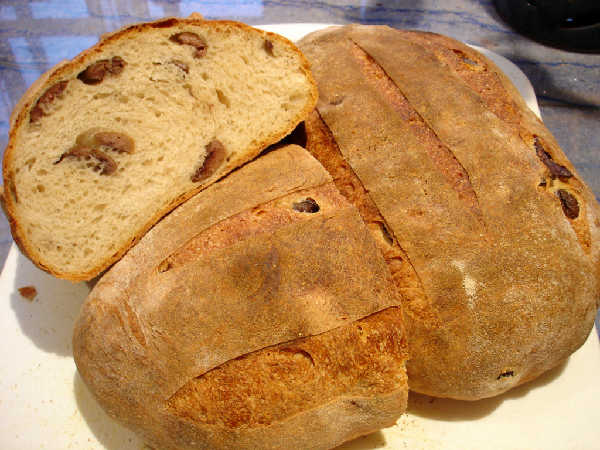 Olive Bread - Sourdough Yeast Hybrid (2)
Olive Bread - Sourdough Yeast Hybrid (2)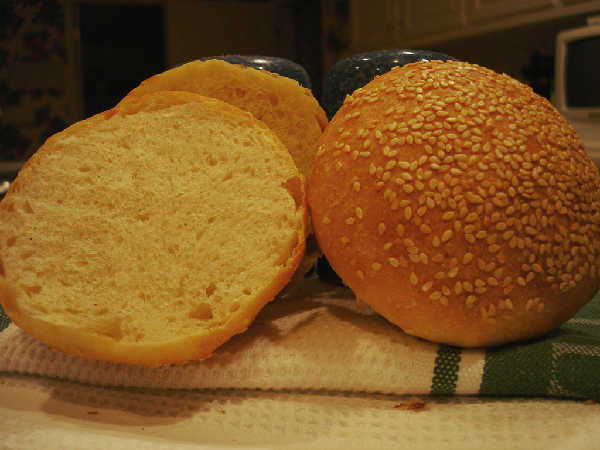 A Hamburger Bun
A Hamburger Bun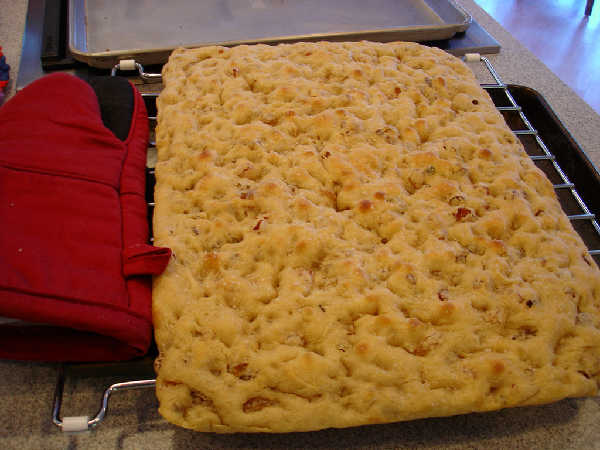 Sourdough Focaccia
Sourdough Focaccia Sourdough Raisin Focaccia (a)
Sourdough Raisin Focaccia (a)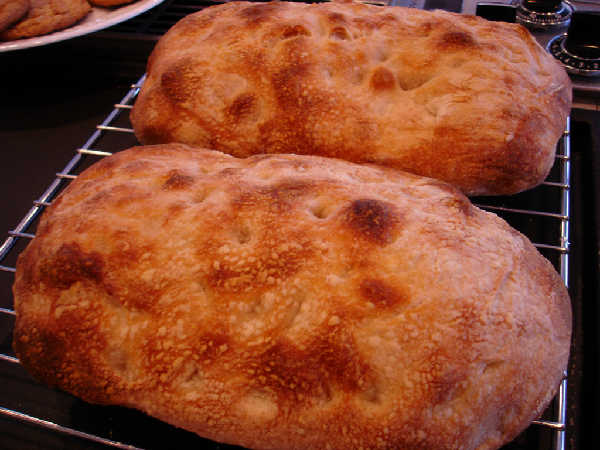 Sourdough Ciabatta Crust: Sourdough Ciabatta Crust
Sourdough Ciabatta Crust: Sourdough Ciabatta Crust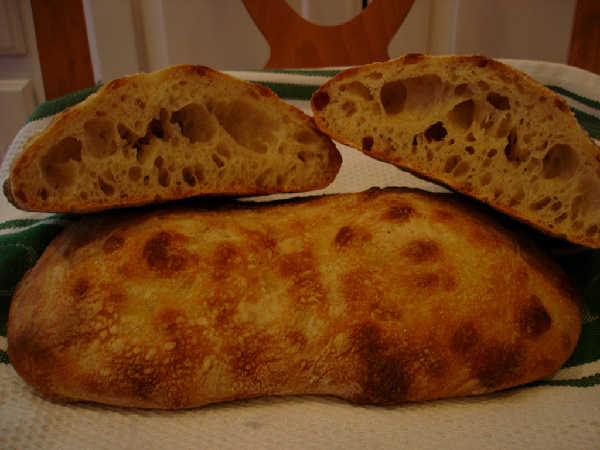 Sourdough Ciabatta Crumb
Sourdough Ciabatta Crumb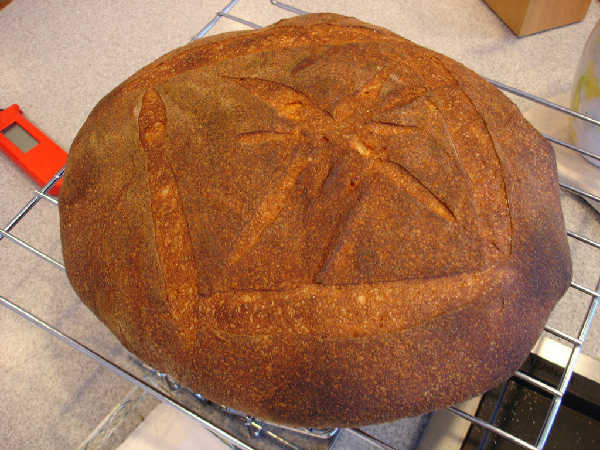
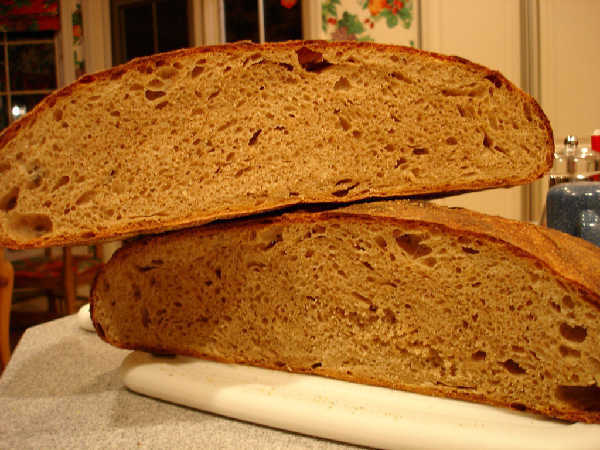 Mixed Flour Miche (2) Crumb (a): Mixed Flour Miche (2) Crumb (a)
Mixed Flour Miche (2) Crumb (a): Mixed Flour Miche (2) Crumb (a)